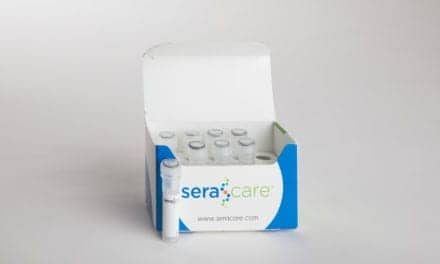When using assayed chemistry controls, does a lab still have to establish its own internal reference ranges? If so, would the process still be the same as establishing internal reference ranges for unassayed daily quality controls? –
Whether or not you perform value assignment on an assayed control material depends on the accuracy of the assigned targets provided by the manufacturer. Randox Human Assayed Chemistry controls are assigned through a network of 5,000 independent laboratories. This ensures that the targets are extremely accurate, and enables us to provide method- and instrument-specific values. Our targets correlate very closely to Reference Method Values, and there is, therefore, no requirement to reset the targets. The only adjustment that a lab is likely to make is to narrow the acceptable ranges – we quote the industry accepted standard +/- 2SD range for all controls, but some customers wish to monitor performance more rigorously, and will adjust the range to +/- 1 SD or 1.5 SDs.
If however, you are running an assayed control material that doesn’t provide specific values for your instrument, then you would need to do some reassignment, to account for the biases that exist between the multitude of different analyzers on the market. As a general rule, you should follow manufacturers’ recommendations when it comes to utilizing control targets and ranges that they provide.
If you are assigning target values and ranges to an assayed control, then yes, the procedure would be the same as that followed for assignment of an unassayed control – i.e. the material should be run at least 20 times (over 20 days, to ensure the values determined are representative of normal personnel changes etc. within the lab) while the system is under control. The mean is then established, with the acceptable range generally being set as the mean +/- 2SDs.
end faq
{accordionfaq faqid=accordion13609 graybarfaq arrow headerbackground headerborder contentbackground contentborder round5}




